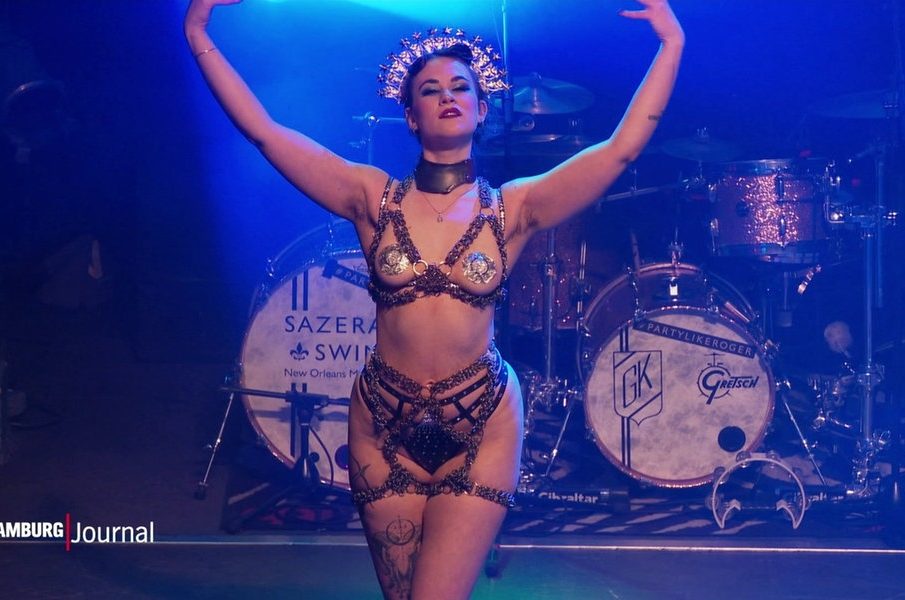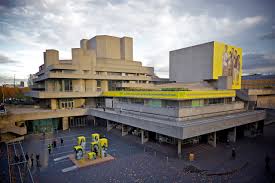The Resurgence of Burlesque: A Cultural Revival

Introduction
The art of burlesque, with its vibrant mix of dance, performance, and theatricality, is experiencing a significant revival in contemporary culture. Once viewed as a form of entertainment limited to speakeasies and fringe theatres, burlesque has now transcended its historical confines, regaining popularity across the globe. This revival is not just a fleeting trend but reflects a growing appreciation for body positivity, creativity, and liberation in the performing arts.
Historical Context
Burlesque has its roots in the 19th century as a form of parody that poked fun at popular theatre and society’s norms. Iconic performers like Gypsy Rose Lee brought the art form into the limelight, creating a blend of comedy and sensuality that captivated audiences. However, by the late 20th century, burlesque had largely dwindled in popularity, overshadowed by mainstream entertainment.
The Modern Burlesque Scene
In recent years, the burlesque scene has seen a renaissance, with varying styles emerging, ranging from classic to neo-burlesque. Major cities such as London, New York, and Melbourne are home to thriving burlesque communities that celebrate diversity and body positivity. Events like the London Burlesque Festival and the New York Burlesque Festival attract performers and audiences from all walks of life, showcasing an array of talent that challenges conventional beauty standards.
Notable performers, often referred to as “burlesque queens,” have taken to social media platforms to share their art, significantly increasing its visibility and accessibility to younger audiences. This has led to a burgeoning movement advocating for the celebration of eroticism and self-expression, propelling burlesque beyond mere entertainment into a form of empowerment.
Impact on Culture
The resurgence of burlesque has wide-ranging implications beyond performance art. It intersects with discussions around feminism, as many performers use their platforms to challenge societal norms regarding femininity and sexuality. Burlesque has encouraged a dialogue on issues such as consent, body autonomy, and celebrating sexuality in an age of body shaming and unrealistic beauty standards.
Conclusion
As burlesque continues to evolve, its significance in cultural discourse cannot be overstated. The ongoing revival of this art form reflects a broader societal shift towards embracing individuality and diversity. For audiences and participants alike, burlesque represents more than just entertainment; it is a captivating celebration of art, self-expression, and social commentary, promising a vibrant future rich with creativity and passion.









